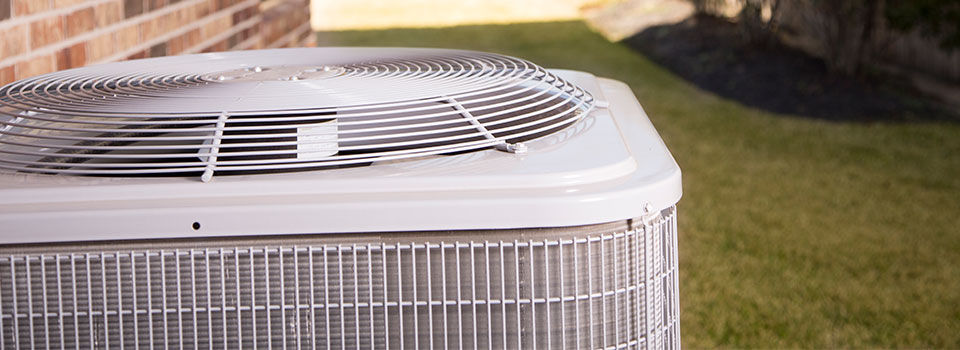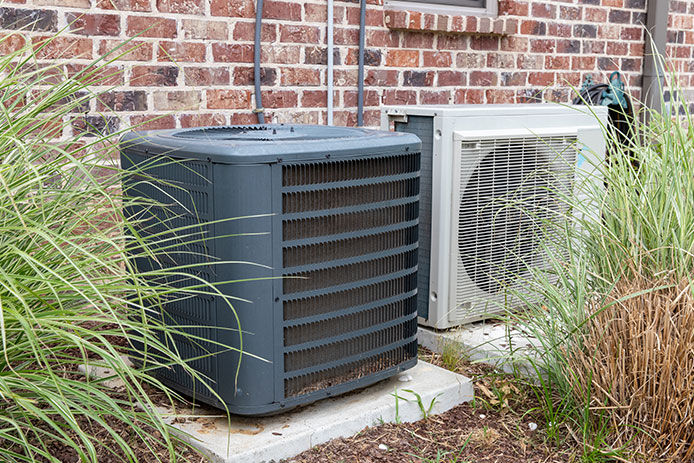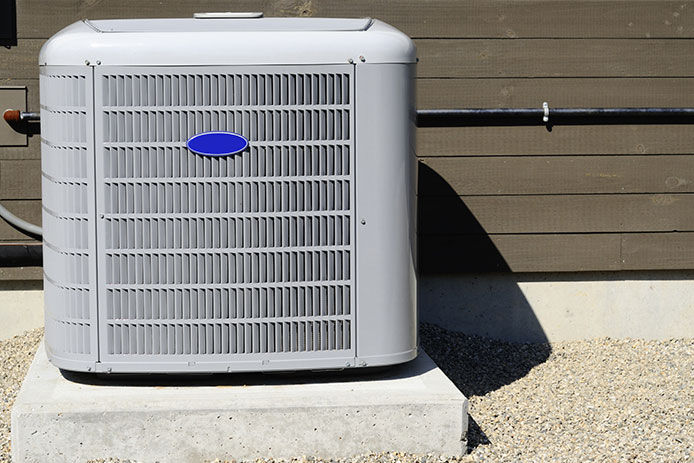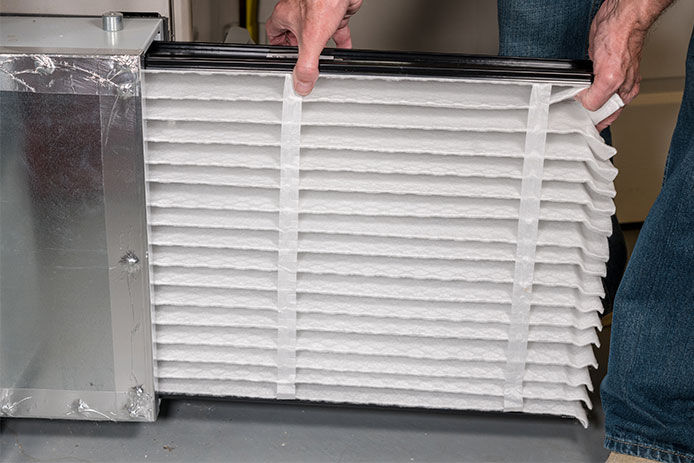While do-it-yourself projects can be fun and fulfilling, there is always a potential for personal injury or property damage. We strongly suggest that any project beyond your abilities be left to licensed professionals such as electricians, plumbers, and carpenters. Any action you take upon the information on this website is strictly at your own risk, and we assume no responsibility or liability for the contents of this article.
How to Prep Your External HVAC Unit for Fall

With cooler weather on the way, you need to start thinking about taking precautions. In addition to putting away the patio furniture and weatherstripping your home, you’ll also want to think about prepping your HVAC unit for fall.
Your external HVAC unit sits outside all year long, meaning you need to protect it from blistering temperatures and wind-blown debris. Fall is also a great time to check on the health of your unit; after all, losing heating in the middle of a cold spell is not ideal.
Let’s take a look at what you should do to prepare your HVAC unit for autumn.
Clean Out Debris

It’s common for various types of debris, such as grass clippings, twigs, pollen, and leaves, to get stuck in or on your HVAC unit during the summer. Right before fall is a good time to clear away this gunk so your HVAC unit doesn’t clog or malfunction when you need it most.
Cleaning is easy. Just shut off power to the unit (to avoid any accidents) before you start. With gloves on, manually remove as many pieces of debris as you can from the outside. Then, unscrew the fan cage on the top and vacuum or wipe out dirt in the inside of the unit. You’ll also want to use that vacuum on the outer fins to get rid of dirt, followed by a nice spray with a garden hose from the inside out to get rid of stubborn grime. Don’t forget to wipe down your coils, as these often get coated with gunk throughout summer.
Once everything is looking good, put it all back together, and turn the unit back on. Don’t forget, you’ll need to continue to inspect your HVAC throughout fall, as fallen leaves can build up on and around the unit and cause problems.
Trim Down Weeds and Shrubs

It's best to keep an eye on this all summer, but make sure you don’t have any shrubs, weeds, or grass growing too close to your unit. Ideally, you should have a barrier of at least a few feet between any plants and your unit.
Don’t forget to give everything a final trim before the growing season is over. Sometimes it’s easy to forget once all the backyard fun moves indoors. Giving your unit enough clearance allows it to work more efficiently, saving you money on heating costs.
Straighten Out Bent Fins

The fins on the outside of your unit play an important role in the health of your system. Air passes through these, so when they get bent or crooked, they can impede the efficiency of the entire unit.
Luckily, they’re easy to straighten out. You can use a fin straightening tool (or a butter knife if you’re in a pinch) to gently pry the fins back into place. Be gentle here, as the fins are embedded with tubing, and you don’t want to damage that. Never push the tool or knife more than one-half inch into the unit.
Add Some Insulation

Now that your HVAC unit is spiffy and clean, it should perform better than ever; however, you can do one more thing to increase its performance over the dreaded winter months: Add insulation.
Insulation helps retain the heat flowing through the unit’s exposed pipes and wiring, meaning there is less heat loss before the treated air enters your home. This can help you save money on your bill and help your home heat up faster.
The insulation process is as simple as using foam pipe covers to shield any exposed components. Once you have these in place, use duct tape to keep them secure.
Check the Pad Condition

Most HVAC units are installed on top of a concrete pad to ensure they don’t sink into the ground. Over time, this concrete may settle and start to tilt. To avoid having the unit slide too far away from the house, you may need to repair the pad.
Luckily, a simple hack can save you the hassle. Rather than trying to pour an entirely new bed of concrete, just get a long wooden board and gently wedge it under one side of the pad. Go slow so you don’t crack the pad. Once you have the board in place, pack sand under it to help level it out.
It might not be a permanent fix, but it’s a great way to put off a repair until spring rolls around.
One Last Tip

One last thing to remember that doesn’t necessarily involve your outdoor unit is to change your air filter. Ideally, you should be doing so once a month, but if you forget, doing so at the start of each season is imperative.
With your HVAC unit prepped for fall, you’ll be ready for whatever the weather brings, whether it's an unexpected heat wave or an early blanket of snow.